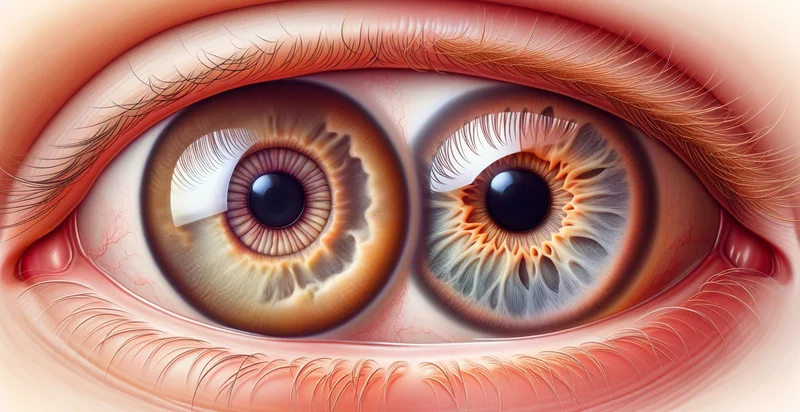Identify pupil responses
using AI
Below is a free classifier to identify pupil responses. Just upload your image, and our AI will predict if the pupil response indicates interest or not - in just seconds.

Contact us for API access
Or, use Nyckel to build highly-accurate custom classifiers in just minutes. No PhD required.
Get started
import nyckel
credentials = nyckel.Credentials("YOUR_CLIENT_ID", "YOUR_CLIENT_SECRET")
nyckel.invoke("pupil-responses", "your_image_url", credentials)
fetch('https://www.nyckel.com/v1/functions/pupil-responses/invoke', {
method: 'POST',
headers: {
'Authorization': 'Bearer ' + 'YOUR_BEARER_TOKEN',
'Content-Type': 'application/json',
},
body: JSON.stringify(
{"data": "your_image_url"}
)
})
.then(response => response.json())
.then(data => console.log(data));
curl -X POST \
-H "Content-Type: application/json" \
-H "Authorization: Bearer YOUR_BEARER_TOKEN" \
-d '{"data": "your_image_url"}' \
https://www.nyckel.com/v1/functions/pupil-responses/invoke
How this classifier works
To start, upload your image. Our AI tool will then predict if the pupil response indicates interest or not.
This pretrained image model uses a Nyckel-created dataset and has 2 labels, including Abnormal Response and Normal Response.
We'll also show a confidence score (the higher the number, the more confident the AI model is around if the pupil response indicates interest or not).
Whether you're just curious or building pupil responses detection into your application, we hope our classifier proves helpful.
Related Classifiers
Need to identify pupil responses at scale?
Get API or Zapier access to this classifier for free. It's perfect for:
- Patient Health Monitoring: This use case involves utilizing pupil response identification to monitor patient health, particularly in neurodegenerative diseases. By analyzing pupil dilation and constriction patterns, healthcare providers can assess neurological function, identify early signs of deterioration, and tailor interventions accordingly.
- Driver Alertness Detection: The pupil responses identifier can be integrated into smart vehicle systems to monitor driver alertness. By analyzing pupil size and reaction times, the system can determine when a driver is fatigued or distracted, prompting alerts or initiating safety protocols.
- Educational Engagement Assessment: In educational environments, this technology can be employed to gauge student engagement and attention levels. By monitoring pupil responses during instructional periods, educators can adjust their teaching strategies or interventions to enhance learning outcomes.
- Psychological State Evaluation: Businesses in mental health can implement pupil response analysis to assess clients' psychological states. By interpreting pupil behavior during therapy sessions, practitioners can gain insights into emotional responses, stress levels, and overall mental well-being.
- Market Research Insights: Marketers can utilize pupil responses as indicators of consumer interest and engagement during product testing. By tracking emotional responses through eye metrics, they can better understand consumer preferences and improve advertising strategies.
- User Experience Optimization: Tech companies can incorporate pupil response identification in UX testing to measure user engagement with digital interfaces. By analyzing how users' pupils react to various elements, designers can optimize layouts and features for improved usability and satisfaction.
- Personalized Learning Experiences: In adaptive learning platforms, pupil response analysis can help tailor educational content to individual learners' needs. By assessing attention and engagement levels through pupil metrics, the system can adjust difficulty, pacing, and content delivery for a more personalized educational journey.


